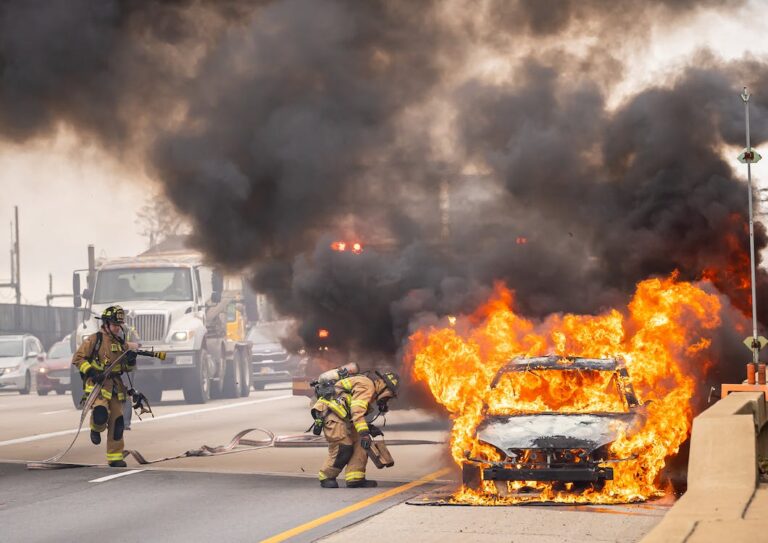Experiencing a car accident can be a jarring and disorienting event, leaving you unsure of what steps to take next. However, it is crucial to remain calm and take immediate action to ensure your safety and protect your interests. In this comprehensive guide, we will discuss six essential things you need to do after getting into a car accident. From prioritizing your well-being and assessing injuries to documenting the scene and notifying the necessary parties, these steps will help you navigate the aftermath of an accident with confidence and clarity. By following these guidelines, you can ensure your safety, gather crucial information, and handle the situation responsibly to protect yourself and others involved.
1. Check for Injuries and Call for Help
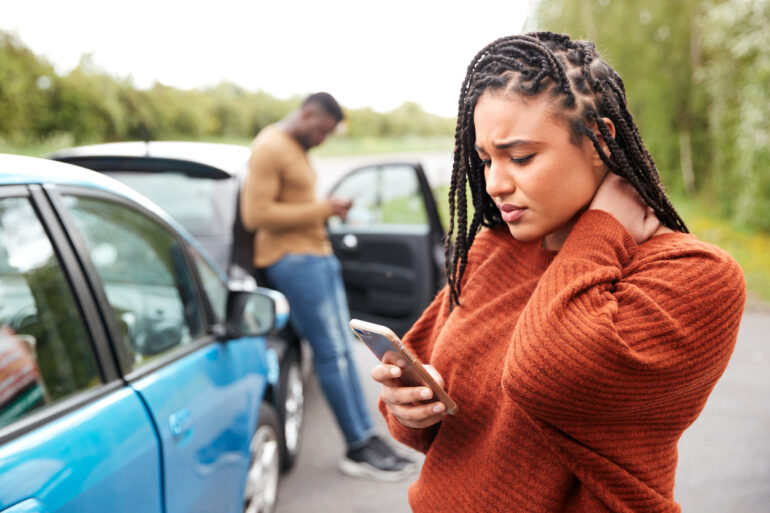
The first and most important thing you need to do after getting into a car accident is to check yourself and others involved for injuries. Even if you feel fine, it is essential to get checked out by a medical professional as soon as possible. Some injuries, such as whiplash or head trauma, may not show up immediately, and it’s crucial to identify and treat them early to prevent further complications.
Make an instant call for medical assistance if someone is hurt. This may involve calling an ambulance, notifying the police, or both. When calling for help, be sure to provide your location, the number of people injured, and any other relevant information that may help emergency services respond more quickly and efficiently.
2. Report the Accident to Your Insurance Company
When reporting the accident to your insurance company, be sure to provide them with all the relevant details, including the other driver’s information, witness statements, and any pictures you took at the scene. Be honest and accurate when describing what happened, and provide as much information as possible to help speed up the claims process.
If you find yourself involved in an accident without an existing car insurance policy, it is crucial to consider buying car insurance type 1 or any other type immediately. There are several types of car insurance that you can purchase, each with its level of coverage and benefits. By understanding the different types of car insurance, you can choose the coverage that is best suited to your needs and budget. Be sure to review your policy regularly to ensure that you are adequately covered and make any necessary updates or changes.
3. Exchange Information with the Other Driver(s)
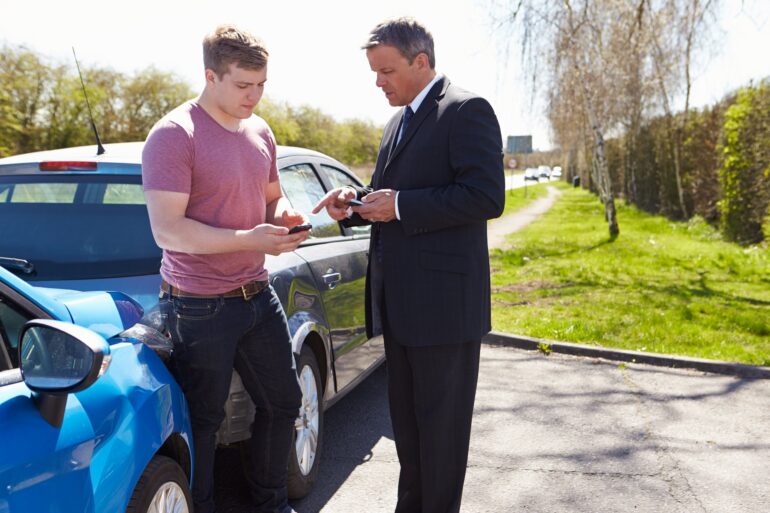
After checking for injuries and calling for help, the next thing you need to do after getting into a car accident is to exchange information with the other driver(s) involved. This is crucial for filing an insurance claim and ensuring that you are properly compensated for any damages or injuries resulting from the accident.
When exchanging information, be sure to gather the following details:
- Name and contact information: Get the name, phone number, and address of the other driver(s) involved in the accident. Also, ask for their email address if possible.
- Insurance details: Ask for the name of their insurance company and policy number. If they have multiple policies, make sure to get the correct one that covers car accidents.
- Vehicle information: Record the make, model, year, and license plate number of the other vehicle(s) involved in the accident. Also, note the colour and any distinguishing features.
- Witness information: If there were any witnesses to the accident, get their names and contact information. They may be able to provide additional details or support your version of events.
4. Document the Accident Scene
After exchanging information with the other driver(s), the next thing you need to do after getting into a car accident is to document the accident scene. This is important for filing an insurance claim and providing evidence of what happened during the accident.
One of the best ways to document the accident scene is by taking pictures. Use your phone or camera to take clear, detailed pictures of the damage to your vehicle and any other vehicles involved in the accident. Make sure to capture all angles of the damage, including any scratches, dents, or broken parts. It’s also important to take pictures of any visible injuries or bruises. In addition to taking pictures, it’s a good idea to write down what happened during the accident. This can include details such as the time and date of the accident, the location, the weather conditions, and any other factors that may have contributed to the accident. If there were any witnesses, try to get their contact information and ask them to provide a written statement about what they saw.
5. Seek Legal Help if Necessary
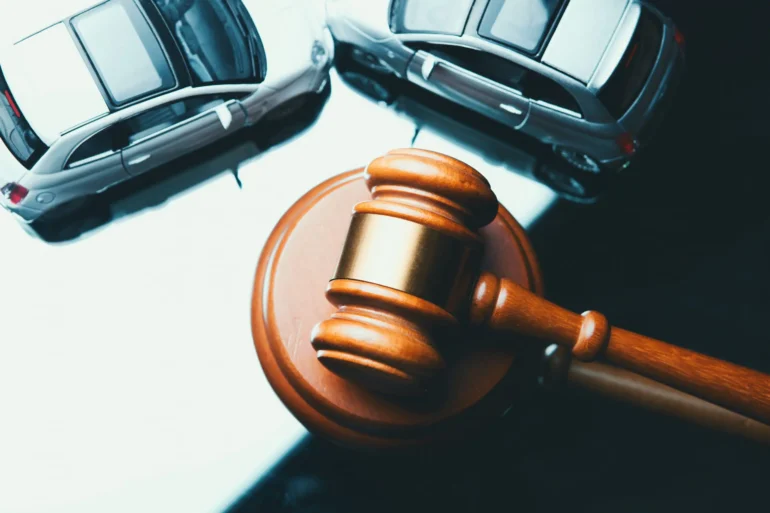
While most car accidents can be resolved through insurance claims and negotiations, some may require legal assistance. If the accident was severe, and you or your passengers have sustained serious injuries or extensive property damage, you may need to seek legal help to protect your rights and ensure you receive the compensation you deserve.
A car accident lawyer can help you navigate the legal process and ensure you are treated fairly. They can assist you in filing a lawsuit against the other driver(s) or their insurance company, negotiating a settlement, and representing you in court if necessary. In addition to helping you with the legal aspects of your case, a car accident lawyer can also provide valuable guidance and support throughout the process. They can help you understand your legal rights and options, provide you with advice on how to handle insurance adjusters and medical bills and help you gather the evidence you need to support your case.
6. Follow up With Your Insurance Company
After reporting the accident to your insurance company, it’s important to follow up with them regularly to stay updated on the status of your claim. Depending on the complexity of the case, the claims process can take several weeks or even months, so it’s essential to stay in touch with your insurance company and ensure that everything is moving forward smoothly.
Be sure to keep a record of all conversations and correspondence with your insurance company, including the date, time, and the name of the representative you spoke with. This will help you keep track of the progress of your claim and provide a reference in case there are any disputes or discrepancies. If your insurance company requires additional information or documentation to process your claim, provide it promptly and keep them informed of any changes in your situation, such as new medical bills or repairs. This will help ensure that your claim is processed accurately and efficiently.
Conclusion
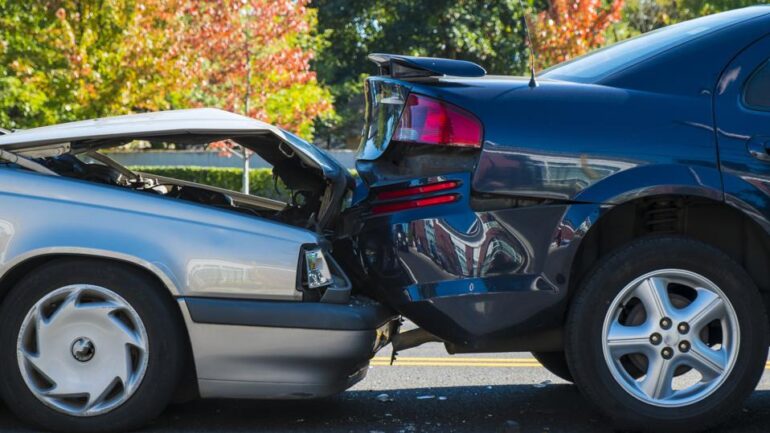
Getting into a car accident can be a stressful and overwhelming experience, but knowing what to do can help you handle the situation effectively. Remember to check for injuries, exchange information with the other driver(s), document the accident scene, report the accident to your insurance company, seek legal help if necessary, and follow up with your insurance company regularly. By taking these steps, you can ensure that your rights are protected and that you receive the compensation you are entitled to.

